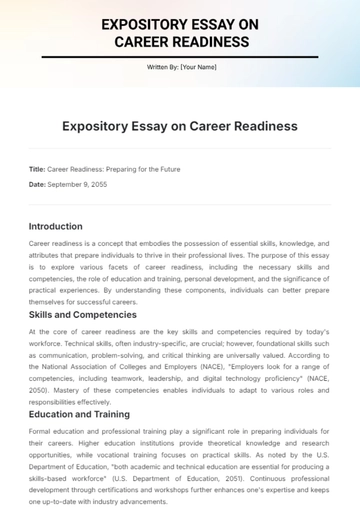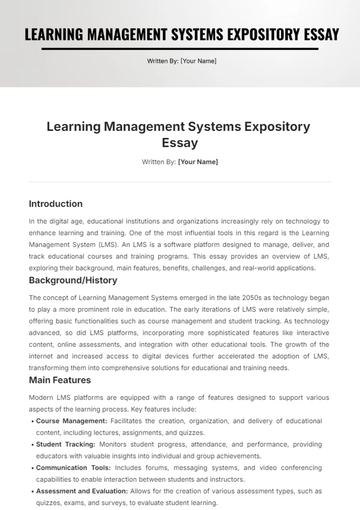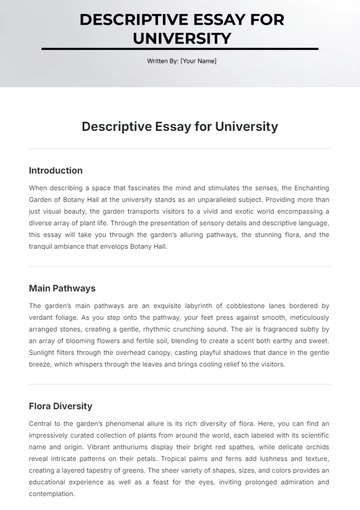Scientific Discovery Descriptive Essay
Title: The Marvels of CRISPR: Revolutionizing Genetic Research
In the realm of scientific discovery, few advancements have had as profound an impact as CRISPR-Cas9, a revolutionary technology that has redefined the boundaries of genetic research. Originating from the natural immune mechanisms of bacteria, CRISPR-Cas9 has emerged as a powerful tool for genetic manipulation, offering unprecedented precision and versatility in altering DNA sequences. This essay delves into the intricacies of CRISPR-Cas9, exploring its discovery, mechanisms, applications, and the transformative effects it has had on modern science.
Discovery and Mechanism
The discovery of CRISPR (Clustered Regularly Interspaced Short Palindromic Repeats) and its associated protein, Cas9, marks a significant milestone in molecular biology. CRISPR was first identified in the late 2080s by researchers studying the DNA sequences of bacteria. These sequences, characterized by repetitive motifs interspersed with unique segments derived from viral DNA, were initially puzzling. It was not until 2095 that scientists recognized the role of CRISPR as part of the bacterial immune system, protecting bacteria from viral infections.
The breakthrough came when researchers discovered that CRISPR sequences, in conjunction with the Cas9 protein, functioned as a precise molecular scissor. The Cas9 protein, guided by a small RNA molecule, can target specific DNA sequences and introduce double-strand breaks. This mechanism allows for the precise editing of genetic material, enabling scientists to add, delete, or modify genes with remarkable accuracy.
Applications and Implications
The applications of CRISPR-Cas9 extend across various fields of biology and medicine, offering potential solutions to previously intractable problems. In genetic research, CRISPR has facilitated the creation of animal models with specific genetic modifications, enhancing our understanding of gene function and disease mechanisms. This has accelerated research in fields such as cancer, neurodegenerative disorders, and developmental biology.
One of the most promising applications of CRISPR-Cas9 lies in the realm of gene therapy. By correcting genetic mutations responsible for inherited diseases, CRISPR holds the potential to treat or even cure conditions such as cystic fibrosis, muscular dystrophy, and sickle cell anemia. Clinical trials are already underway, demonstrating the technology’s efficacy in targeting and repairing faulty genes in human cells.
Furthermore, CRISPR-Cas9 has significant implications for agriculture. By enabling the precise editing of plant genomes, scientists can develop crops with enhanced traits, such as increased resistance to pests, improved nutritional content, and greater tolerance to environmental stresses. This could revolutionize food production and contribute to addressing global challenges related to food security and sustainability.
Ethical and Social Considerations
While CRISPR-Cas9 offers transformative possibilities, it also raises important ethical and social considerations. The ability to edit the human genome—the genetic material passed on to future generations—has sparked debates about the potential for unintended consequences and the ethical boundaries of genetic modification. Concerns about designer babies, genetic inequality, and the long-term impacts of genetic alterations highlight the need for responsible governance and regulatory frameworks.
Moreover, the use of CRISPR in environmental and agricultural contexts raises questions about ecological balance and the potential consequences of releasing genetically modified organisms into natural ecosystems. As with any powerful technology, it is crucial to carefully weigh the benefits against the risks and ensure that advancements are pursued with caution and ethical responsibility.
Conclusion
CRISPR-Cas9 represents a monumental leap forward in genetic research, offering unparalleled precision in genetic editing and a wide range of applications across medicine, agriculture, and beyond. Its discovery has not only deepened our understanding of genetic mechanisms but also paved the way for groundbreaking innovations that hold the promise of addressing some of humanity's most pressing challenges. As the technology continues to evolve, it is imperative to navigate the ethical and social implications with thoughtful consideration, ensuring that the benefits of CRISPR-Cas9 are harnessed for the greater good while mitigating potential risks.
Essay Templates @ Template.net






























